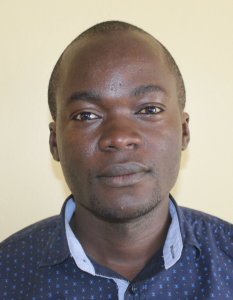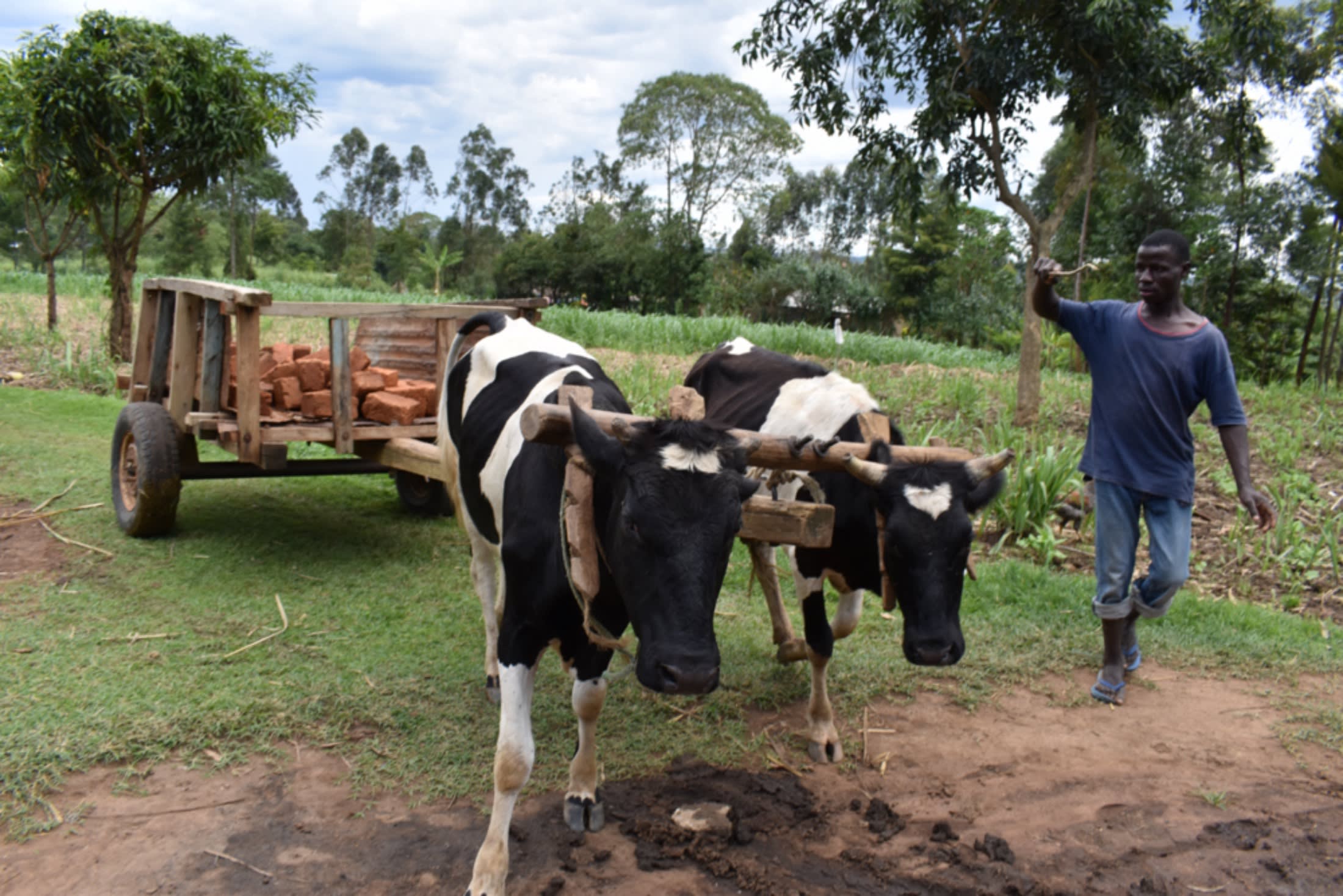"Really, water is life. In this community of ours, people have suffered in different ways such as waterborne diseases, or expectant mothers having a hard time collecting water. Doing manual cleaning [of the spring] takes time, and a majority of the people spend most of their time looking for water," said 28-year-old farmer Josephine Embusi, who lives in Malekha West.
All has never been well for the 420 community members who depend solely on Soita Spring for water, such as Josephine. For these families and especially the women, who do the majority of domestic work, a lot of sacrifices have to be made when losing time and energy at the spring. To avert congestion at the spring in the morning, the women leave as early as 5:00 am to fetch as many containers of water as possible before planning for other daily tasks. For those who fail to get to the spring early, they must reschedule the day's activities by waiting in the long queues just to ensure they have enough water for the minimum domestic needs.
To aid in fetching water, community members created a makeshift discharge pipe lodged between rocks and a wall of mud they built. The water is then forced to flow through the pipe from where it collects in an open pool above. But a lot of water seeps up through the ground around the pipe, reducing the current output. And to reach the pipe, people must balance among rocks and the pool of water always below the mud wall, risking slipping off the rocks if they use them or tripping in the mud if they don't.
The water's arc from the pipe reaches just beyond a very narrow opening in a tall mound of solid earth. This forces community members to fit what jerrycans they are able into the opening, or use jugs to fill their containers by hand. The latter is extremely time consuming and tiring, lending to the long lines.
The area around the spring is slopy, allowing waste products carried in the rains' runoff to directly enter the spring's pool of water. Animal waste, farm chemicals, and soil are the biggest sources of contamination, along with the green algae and rotting leaves that live inside the water. This water is unsafe for human consumption, but since it is the only available water source for this community, they consume the water regardless of its dangers.
Community members reported high rates of water-related illnesses among families who depend on Soita Spring, including typhoid, fever, cholera, and bilharzia. People spend a lot of resources seeking medical treatment for these illnesses - money that would have been put to use elsewhere such as children's school fees or critical needs at home or on their farms. When they are sick, adults miss out on productive work time and kids miss their school lessons, falling behind.
"This is great chance and change in this community of ours," said primary school student Elizabeth, or "Lizz" for short, speaking optimistically of the future spring protection.
"We have been facing difficult moments, especially when we are in school. Most of us come from poor backgrounds leading to absenteeism and poor performance as children spend most of their time looking for water and becoming sick due to the unsafe water we take."
What We Can Do:
Spring Protection
Protecting the spring will help provide access to cleaner and safer water and reduce the time people have to spend to fetch it. Construction will keep surface runoff and other contaminants out of the water. With the community’s high involvement in the process, there should be a good sense of responsibility and ownership for the new clean water source.
Fetching water is a task predominantly carried out by women and young girls. Protecting the spring and offering training and support will, therefore, help empower the female members of the community by freeing up more of their time and energy to engage and invest in income-generating activities and their education.
Training on Health, Hygiene, COVID-19, and More
To hold trainings during the pandemic, we work closely with both community leaders and the local government to approve small groups to attend training. We ask community leaders to invite a select yet representative group of people to attend training who will then act as ambassadors to the rest of the community to share what they learn. We also communicate our expectations of physical distancing and wearing masks for all who choose to attend.
The training will focus on improved hygiene, health, and sanitation habits in this community. We will also have a dedicated session on COVID-19 symptoms, transmission routes, and prevention best practices.
With the community’s input, we will identify key leverage points where they can alter their practices at the personal, household, and community levels to affect change. This training will help to ensure participants have the knowledge they need about healthy practices and their importance to make the most of their water point as soon as water is flowing.
Our team of facilitators will use a variety of methods to train community members. Some of these methods include participatory hygiene and sanitation transformation, asset-based community development, group discussions, handouts, and demonstrations at the spring.
One of the most important issues we plan to cover is the handling, storage, and treatment of water. Having a clean water source will be extremely helpful, but it is useless if water gets contaminated by the time it is consumed. We and the community strongly believe that all of these components will work together to improve living standards here, which will help to unlock the potential for these community members to live better, healthier lives.
We will then conduct a small series of follow-up trainings before transitioning to our regularly scheduled support visits throughout the year.
Training will result in the formation of a water user committee, elected by their peers, that will oversee the operations and maintenance of the spring. The committee will enforce proper behavior around the spring and delegate tasks that will help preserve the site, such as building a fence and digging proper drainage channels. The fence will keep out destructive animals and unwanted waste, and the drainage will keep the area’s mosquito population at a minimum.

 Protected Spring
Protected Spring
 Rehabilitation Project
Rehabilitation Project











































